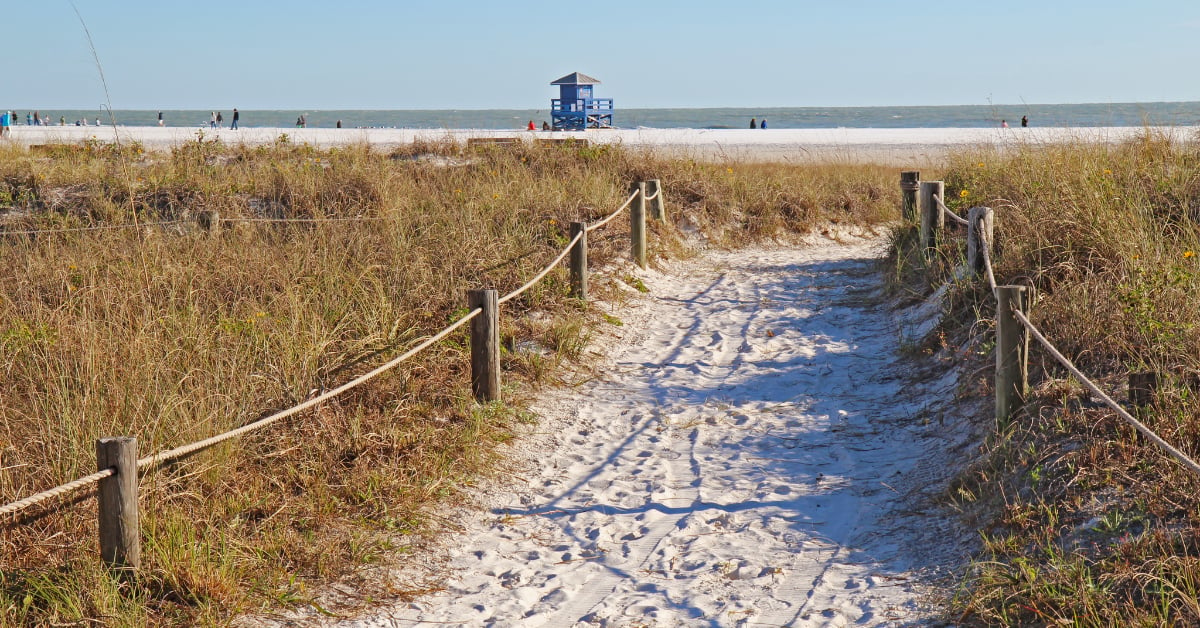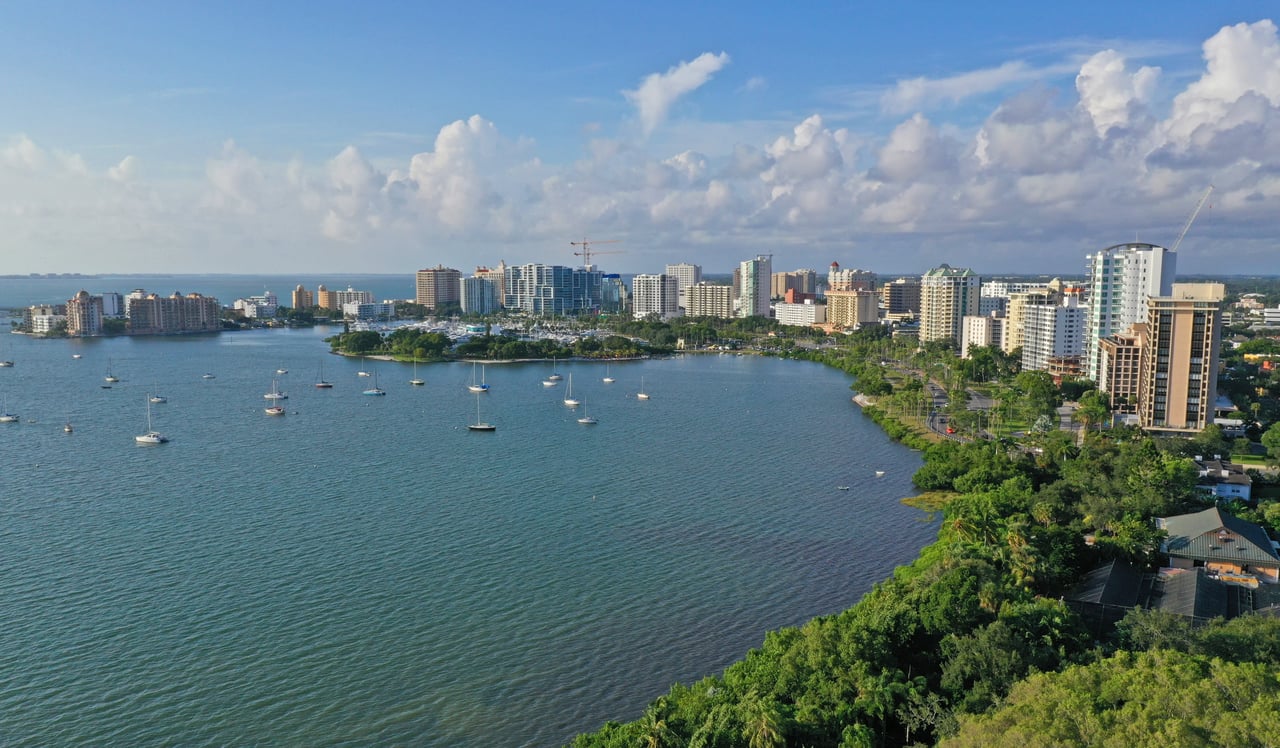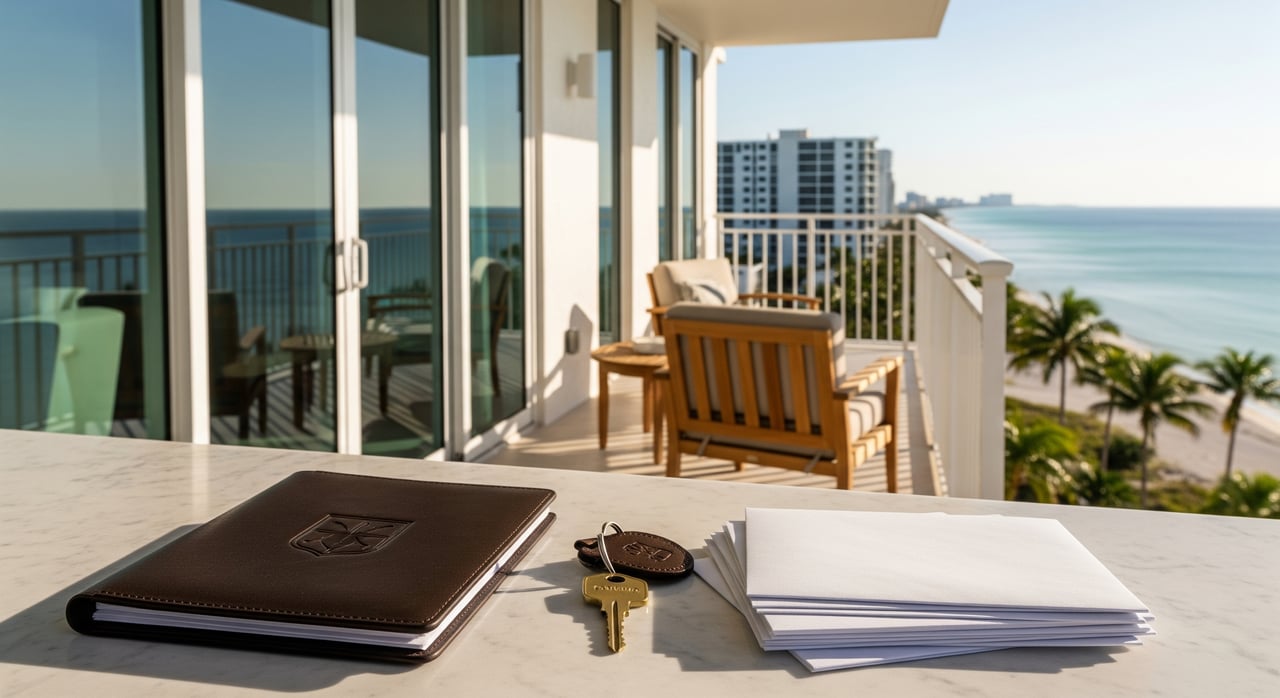Hurricane Helene's storm surge has left Sarasota, Florida, in a state of recovery, and many residents are grappling with the aftermath of the floodwaters. Knowing what to do after a flood can help you regain control of the situation and minimize damage to your home and belongings. Here’s a step-by-step guide to help you navigate this challenging time.
1. Ensure Your Safety First
Before anything else, prioritize your safety and that of your family. Floodwaters can be contaminated with sewage, chemicals, and other hazardous materials, so avoid walking through or touching standing water unless absolutely necessary.
- Evacuate if Needed: If local authorities recommend evacuating, follow their advice. Stay tuned to emergency services for updates and instructions.
- Turn Off Utilities: If it’s safe to do so, turn off the electricity, gas, and water to prevent further damage or hazards like electrocution or fires.
- Wear Protective Gear: When returning to your home for the first time, wear rubber boots, gloves, and protective clothing to minimize exposure to harmful substances.
2. Document the Damage
Once you’re safely able to access your home, begin documenting the damage as thoroughly as possible. This will be crucial for your insurance claim and any assistance programs.
- Take Photos and Videos: Capture the damage in detail, including watermarks on walls, damaged furniture, flooring, and personal belongings. It’s essential to document both the exterior and interior damage.
- Create a List: Write down a list of everything that was damaged, including furniture, appliances, electronics, and personal items. If possible, find receipts or note the approximate cost of each item.
3. Contact Your Insurance Company
Filing a claim with your insurance company is one of the first steps in recovering after a flood.
- Review Your Policy: Check what your homeowner’s or renter’s insurance policy covers, especially if you have flood insurance.
- File a Claim: Call your insurance company as soon as possible to begin the claims process. They may ask for your photos, videos, and the list of damaged items. Be ready to provide detailed information about the damage.
- Follow Their Instructions: Your insurer may send an adjuster to inspect the damage. Make sure to keep all receipts for any immediate repairs or services you need (e.g., boarding up windows, removing water, etc.).
4. Begin the Cleanup Process
Cleaning up after a flood is a massive task, but starting early can help minimize further damage and mold growth.
- Remove Water: If the floodwaters haven’t completely receded, start by pumping out standing water. Do not use electrical appliances that are wet or near water to avoid electrocution.
- Ventilate Your Home: Open windows and doors to allow fresh air to circulate. This will help dry out your home faster and reduce humidity levels, which can help prevent mold.
- Dispose of Contaminated Items: Some items, like carpets, bedding, and upholstered furniture, may need to be thrown out if they’ve been soaked for too long. These can harbor mold and bacteria, making them unsafe to keep.
- Disinfect and Clean: Use a mixture of bleach and water to disinfect hard surfaces like walls, floors, and countertops. This will help kill bacteria and reduce the risk of infection.
- Dry Everything Thoroughly: Use fans, dehumidifiers, and even wet/dry vacuums to remove as much moisture as possible from your home.
5. Check for Structural Damage
Floodwaters can weaken the structural integrity of your home, so it’s essential to assess whether your home is still safe to occupy.
- Inspect the Foundation and Walls: Look for cracks, shifts, or signs of instability. If you suspect structural damage, contact a professional to assess the safety of your home.
- Check Electrical Systems: Water and electricity are a dangerous combination, so have a licensed electrician inspect your wiring, outlets, and appliances before using them again.
6. Seek Assistance
In the wake of a major disaster like Hurricane Helene, you may qualify for government assistance or other programs.
- FEMA Assistance: The Federal Emergency Management Agency (FEMA) may offer financial help, including grants for temporary housing, repairs, and other disaster-related expenses.
- Local Resources: Check with local Sarasota relief programs or non-profits for additional help with supplies, food, or housing.
7. Prevent Future Flood Damage
Once your home is repaired, consider taking steps to minimize future flood damage.
- Install Flood Barriers: Flood barriers and sandbags can help redirect water away from your home during future storms.
- Elevate Important Systems: Raise your electrical system, HVAC units, and other utilities above potential flood levels to protect them from future flooding.
- Consider Flood Insurance: If you don’t already have flood insurance, now is the time to seriously consider adding it to your policy. Standard homeowners’ insurance does not cover flood damage.
Recovering from a flood is a long and difficult process, but taking the right steps can help you rebuild and recover faster. Remember to prioritize safety, document everything, and seek help when needed. Hurricane Helene may have caused significant damage in Sarasota, but with determination and proper action, the road to recovery is possible. Our thoughts and prayers are with our neighbors who have lost their homes, and as a community, we know we can rebuild.
Stay safe and stay strong, Sarasota.










